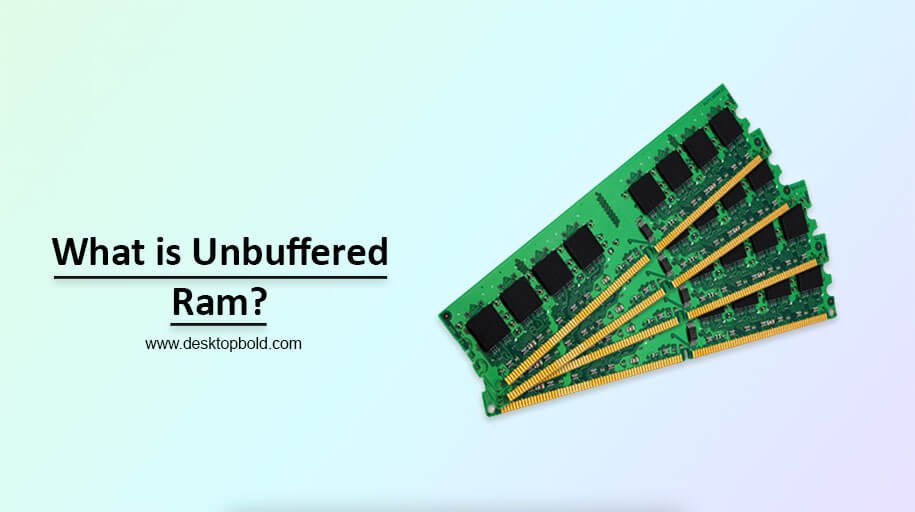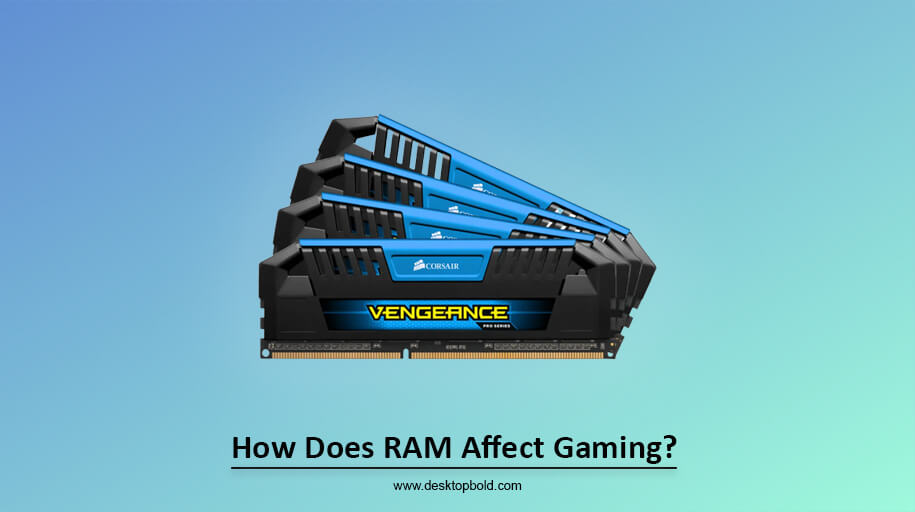The Read Access Memory (RAM) consists of buffered and unbuffered Ram. These are the classifications of RAM. The buffered and unbuffered RAM is also known as registered and unregistered memories. Most people are there who sometimes use buffered and often use unbuffered RAM. If you need more detailed knowledge about buffered and unbuffered RAM. Still, no worries. This article will provide you with complete knowledge about what is unbuffered RAM. Unbuffered Memory is standard and cheap to buy, and it is present in almost every home as most PCs and laptops have unbuffered Memory. Buffered Memory and unbuffered Memory differentiate in many ways. In most server networks, buffered Memory is used as it is the most stable and expensive.
What Is RAM?
The short form of RAM is Read Access Memory. RAM helps to store the data temporarily. Through RAM, the information easily accesses by the CPU. So it is easy to have all the data from the hard disk. You need to use RAM that is of better quality so that the system can perform well. No doubt, the quality of the system depends upon the RAM you are using. SRAM and DRAM are two types of RAMs that are primarily in use. Both are popular, and SRAM is of better quality and has a good speed than DRAM.
Related: Is 4 Sticks of RAM Better Than 2?
How Does RAM Work?
You should know how RAMs function before trying to understand the idea of unbuffered RAMs.
Random Access Memory is an acronym for this type of storage. It gets information by temporarily storing it and moving it to a different place. It can explain in the simplest terms by highlighting that Memory is vital for processing speed.
What Is Buffered And Unbuffered RAM?
The buffered RAM and unbuffered RAM divides into many categories basis on the functionality they perform.
Unbuffered RAM
In unbuffered RAM, the RAM gets access quickly from the unbuffered RAM to the memory controller, and the electrical load is more on it. As it provides rapid access to the RAM, it lacks cycle over the data register; through this, the RAM has a significant benefit. Though its stability is lower, that is why it is cheap. For the systems like laptops and desktops, the unbuffered RAM is used daily as no buffer is required.
Buffered RAM
Before going through the memory controller, the RAM provides a register that allows the RAM to access smoothly. The electrical load gets fewer burdens as the process is stable due to a buffer. In workspaces, the particular RAM works for the server systems. They are the systems which are tricky and complicated. Still, there is no worry for us as these complex systems, when approaching us, become easy to handle, thanks to IT champions who work day and night and make complicated things easy for us. But unfortunately, when it comes to gaming RAM, then buffered Memory is not suitable. It would be best if you did not go for it.
Does Unbuffered RAM Have Better Performance?
CAS Latency’s role arrives when the buffer’s stability matters, as the buffered Memory has to go through the register cycle before it approaches the memory controller. This cycle is critical because it enhances speed and stabilizes the buffered Memory. The performance of your system can improve if the CAS latency gets lower from one to two. The buffered RAM has to complete the cycle by going through the registry.
What is ecc Unbuffered ram?
ECC memory is vital in production networks today. An 8-bit byte can detect and fix single-bit errors. This single-bit ECC generates uniform bits using an XOR method, like RAID 4 and 5. Memory producers add a chip to ECC memory for every eight storage processors to prevent losing good Memory. Balanced information rebuilds data with a single-bit loss. Like RAID 4 and RAID 5, this cleanses and fixes data mistakes in storage systems. Single-bit ECC can find but not correct multi-bit errors.
What is a Non ecc unbuffered ram?
RAM with built-in mistake correction is called ECC. One extra bit includes guaranteeing accurate information transmitted. The ram is slower than non-ECC RAM in most cases.
The data security function of buffered Memory is similar. Typical speeds are lesser.
Both are expensive upgrades to RAM and typically utilize in server and high-performance computing settings. The great majority of Memory brought to market does not use error correction or a buffer.
Conclusion
Unbuffered random access memory is always the ideal option for solo use. Still, only a minority of processors can use RAM with a buffer. No RAM-related risks exist, even with the increased electrical burden.
So, what is unbuffered RAM? You should find it easy to do. There is no cause to get Buffered RAM for personal use because unbuffered RAM is less expensive and more effective. Make sure you buy unbuffered RAM and know which RAM your computer supports.




